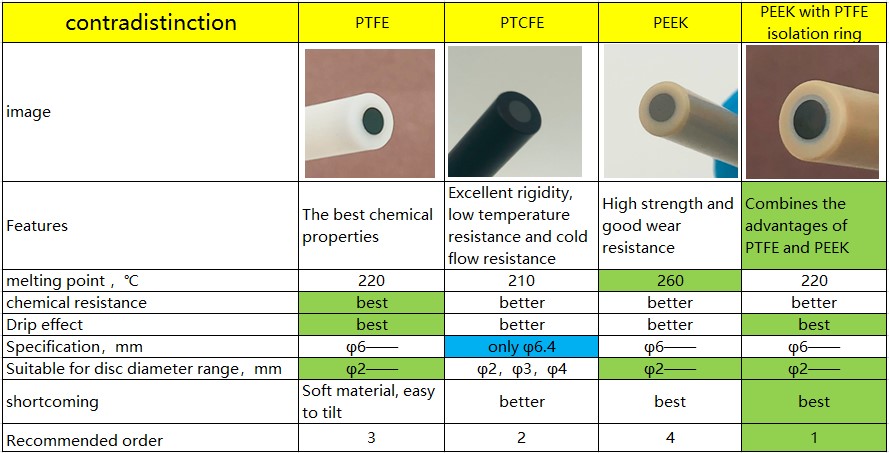The working electrode refers to an electrode that can cause significant changes in the concentration of the component to be tested in the test solution during the test. Common working electrodes include disk electrodes and replaceable electrode holders. Disk electrodes include glassy carbon electrodes,platinum disk electrodes,gold disk electrodes,silver disk electrodes,graphite electrodes,etc. Replaceable electrode holders include PTFE electrode holders, PEEK electrode holders, metal electrode holders, glassy carbon electrode holders, sample holders, etc.
Glassy carbon electrode is one of the most widely used working electrodes, and it is a better inert electrode. Glassy carbon electrode has many advantages such as good conductivity, high hardness, high finish, high hydrogen overpotential, and wide polarization range. Its chemical properties are very stable, and it can be used as an inert electrode for direct anodic dissolution testing, and voltammetric determination of cathodes and variable valence ions. Using glassy carbon electrodes as the substrate, chemically modified electrodes can also be prepared.
There are four types of insulating rods for glassy carbon electrode jackets.
Glassy carbon electrodes are divided into straight type, L type, T type and detachable type. The detachable glassy carbon electrode is connected by a 7mm long electrode tip and electrode rod through a thread. A separate electrode tip can be used for scanning electron microscopy and other tests.


Comments
Post a Comment